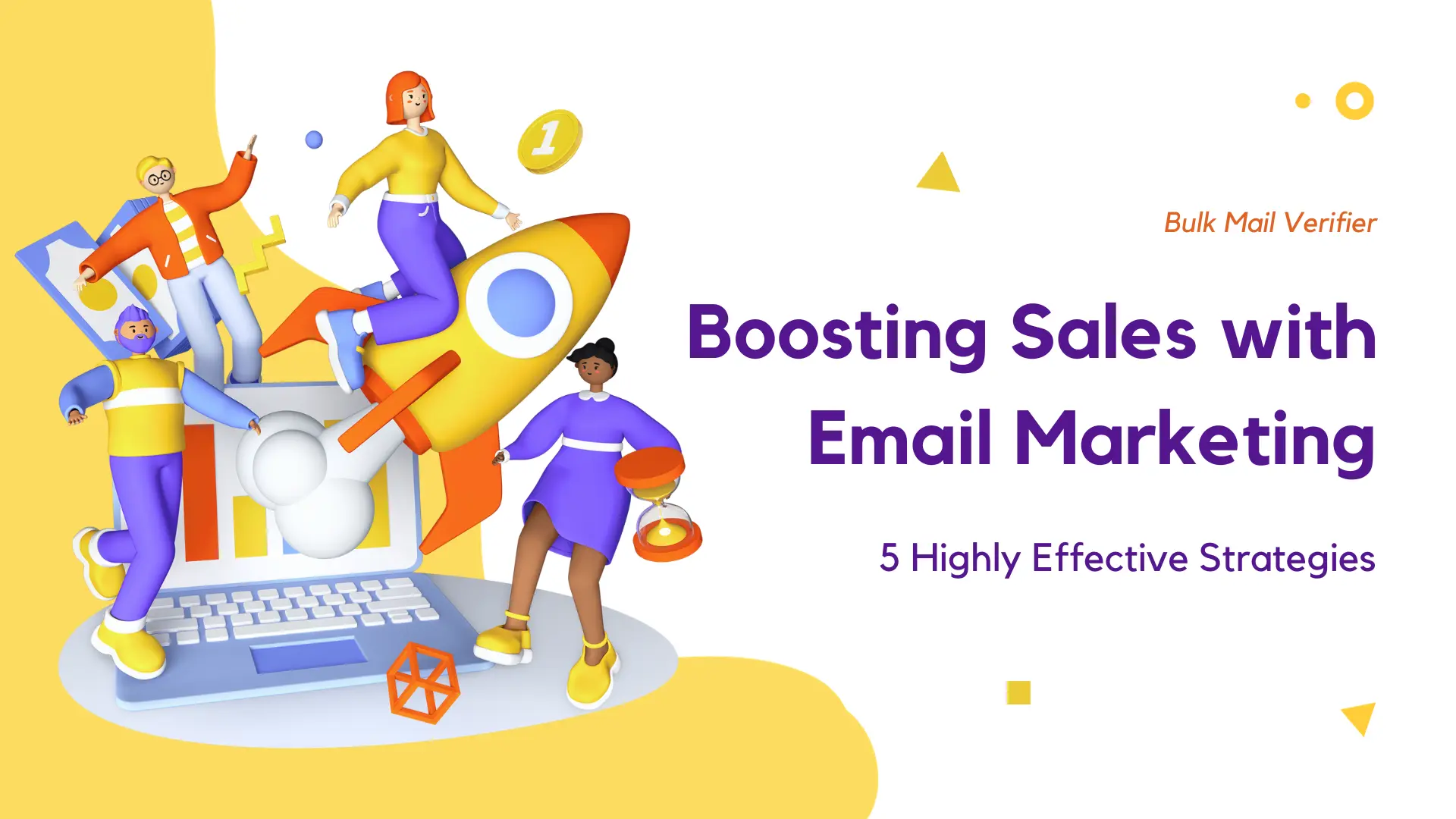Boost Sales with Proven Email Marketing Strategies
 Published by Bulk Mail Verifier
Published by Bulk Mail Verifier
In today's digital age, standing out in a crowded inbox is crucial. Your email marketing strategy needs to be exceptional to capture attention and drive sales. Discover how these five strategies can enhance your marketing efforts and maximize ROI, generating $44 for every $1 spent.
1. Segment Your Email List
As your business expands, so does your audience diversity. Segmenting your email list allows you to tailor messages to specific customer demographics and behaviors, improving engagement by 14%. Consider organizing your list by:
- Customer demographics
- Purchase history
- Engagement levels
Segmenting ensures that each group receives relevant content, increasing the likelihood of interaction and conversion. For effective segmentation, consider using an email validation tool like BulkMailVerifier.com to maintain a clean and accurate list.
2. Implement Drip Campaigns
Drip campaigns automate your marketing efforts, sending scheduled emails based on customer triggers such as sign-ups or downloads. This approach can increase lead conversion rates by up to 98%. Key benefits include:
- Providing valuable industry insights
- Accelerating leads through the sales funnel
- Engaging and re-engaging customers
Set up triggers for both positive and negative behaviors to keep your audience engaged and loyal.
3. Create Impactful Welcome Emails
First impressions matter. Craft personalized welcome emails that introduce your brand and offer special incentives for new subscribers. A compelling welcome email sets the tone for future interactions and encourages subscribers to stay connected.
4. Personalize Your Emails
Personalization is key to increasing engagement. Address customers by name and tailor content to their preferences and purchase history. Consider sending timely messages like birthday greetings or holiday specials. With 59% of consumers influenced by personalized emails, it's a strategy worth investing in.
5. Make Your Emails Interactive
Interactive emails foster engagement and educate customers about your offerings. Incorporate elements such as:
- Short surveys
- Videos or video links
- Product demonstrations
Interactive content not only captures attention but also moves customers through the buying process, increasing conversion rates.
Conclusion
Your email list is a powerful marketing tool. By implementing these strategies, you ensure your messages are not only opened but also drive action. For optimal results, integrate email validation services like BulkMailVerifier.com to maintain a healthy and effective email list. Start transforming your email marketing efforts today!